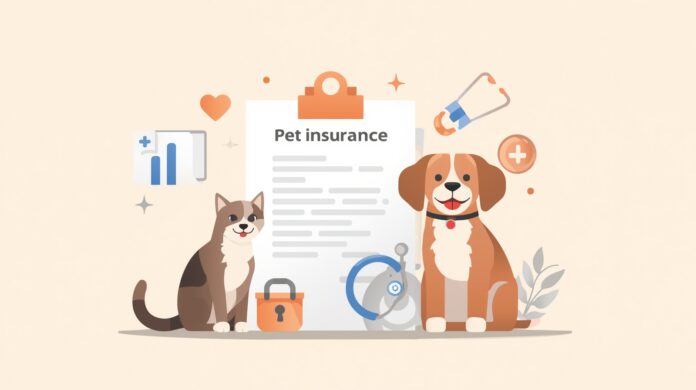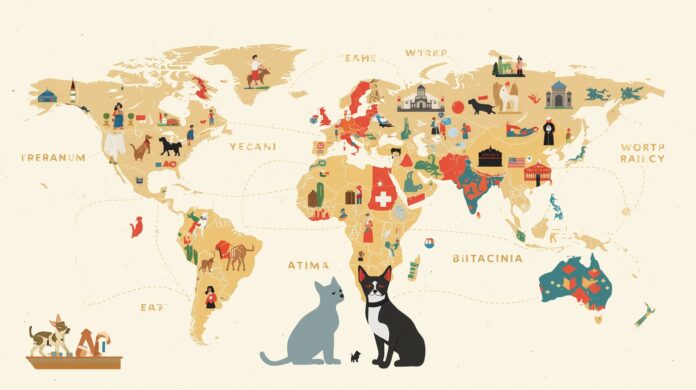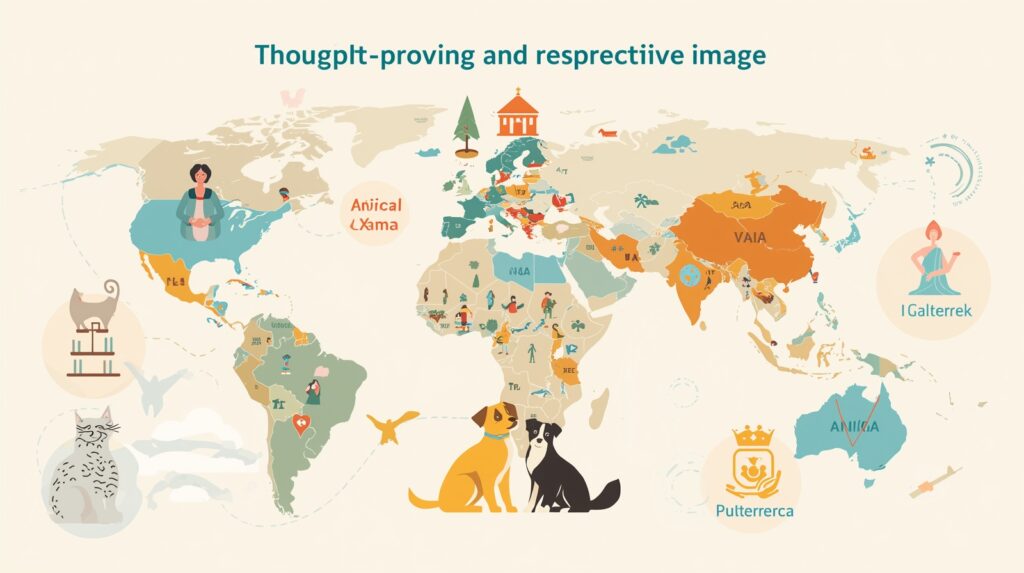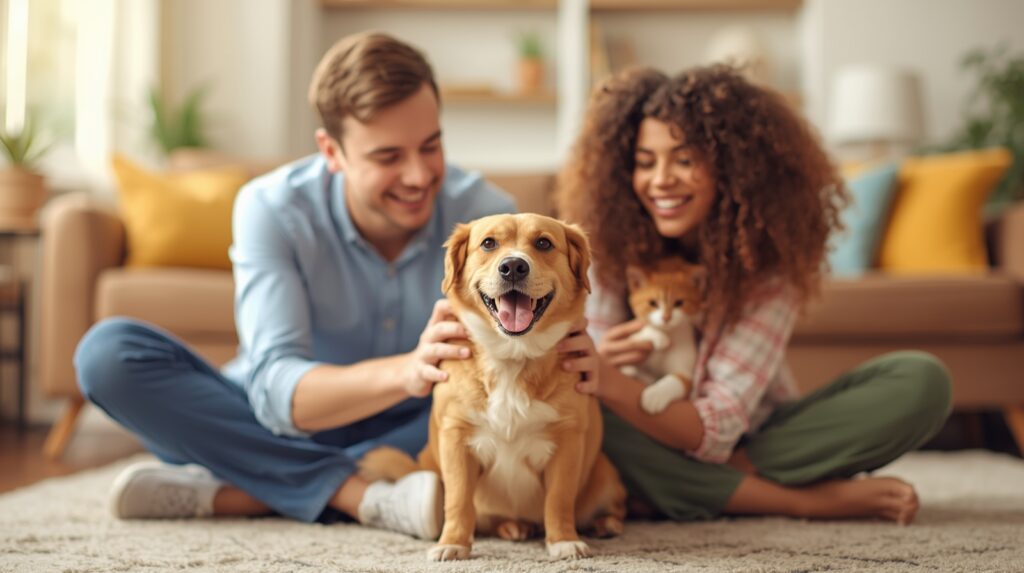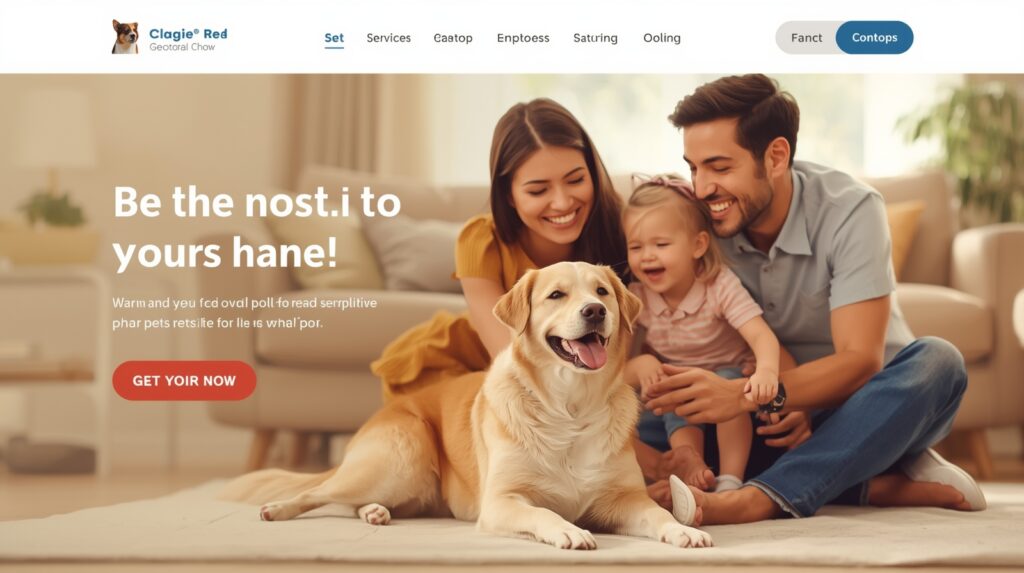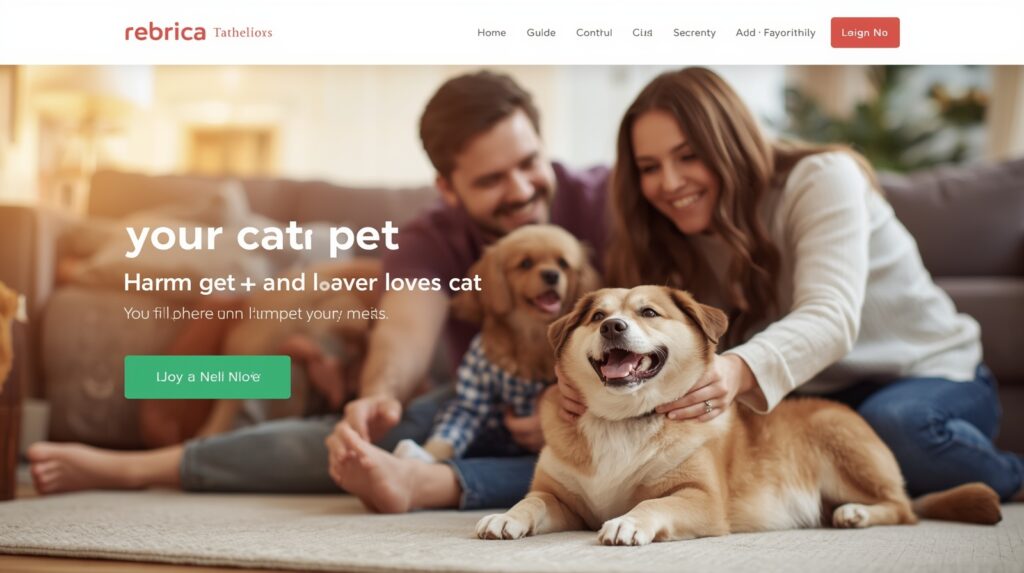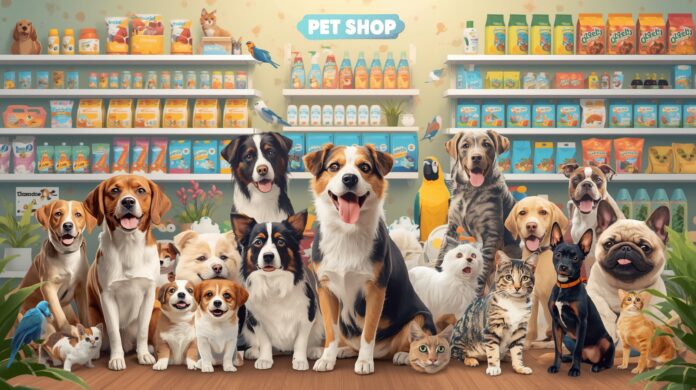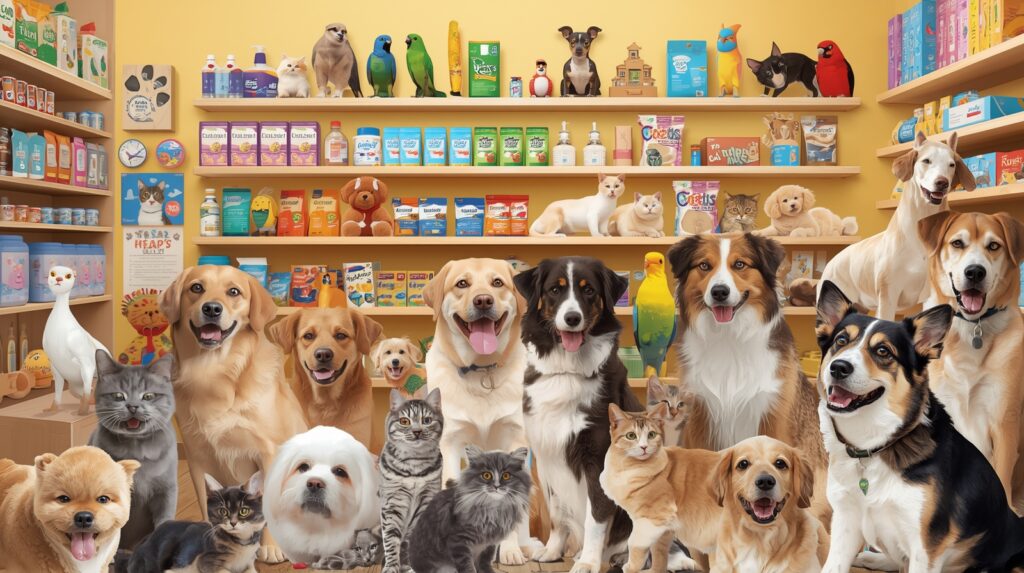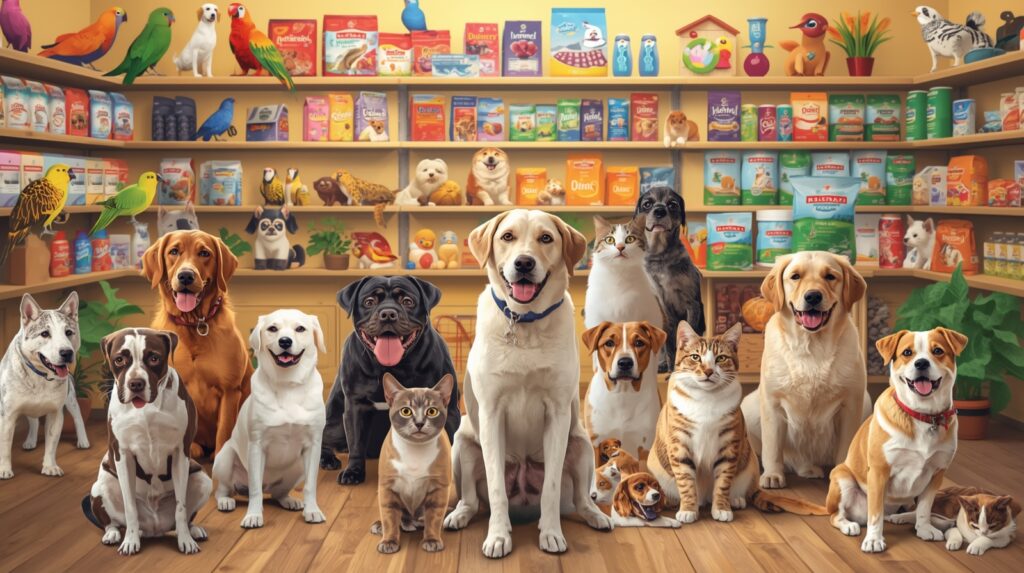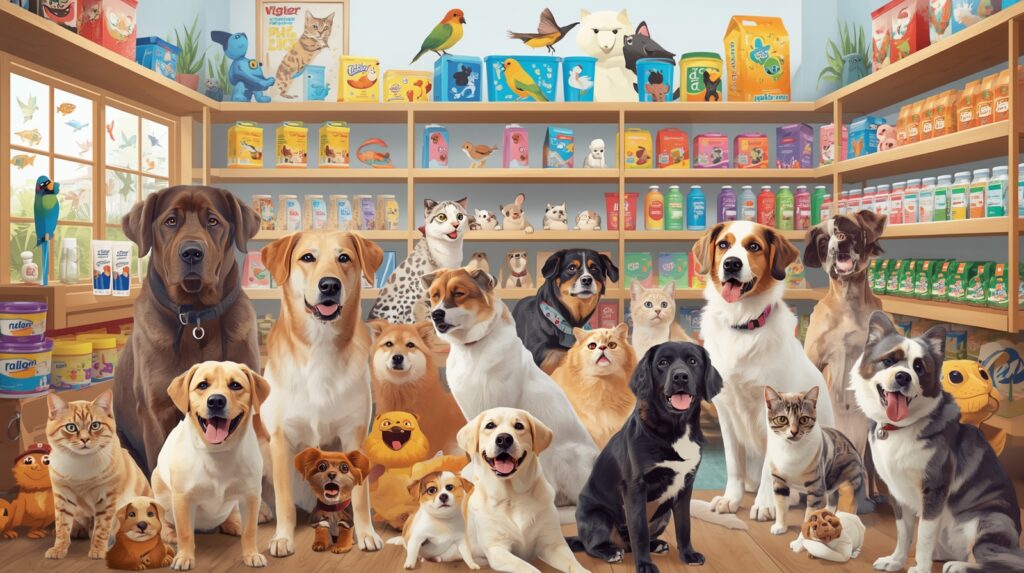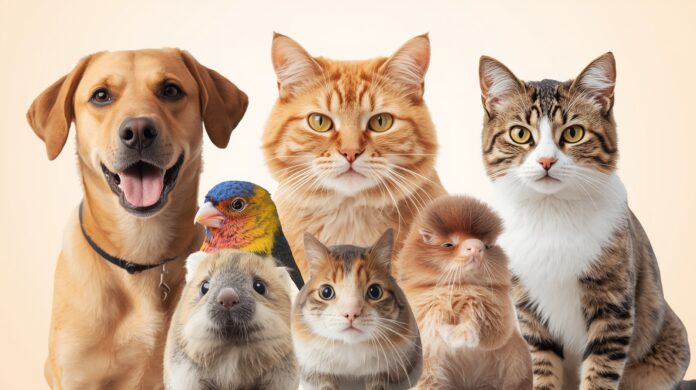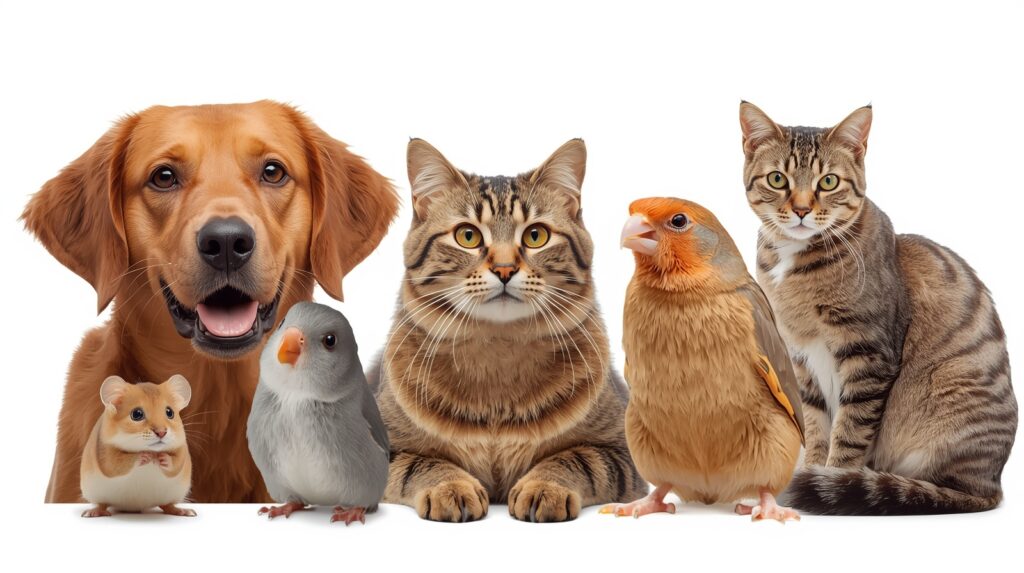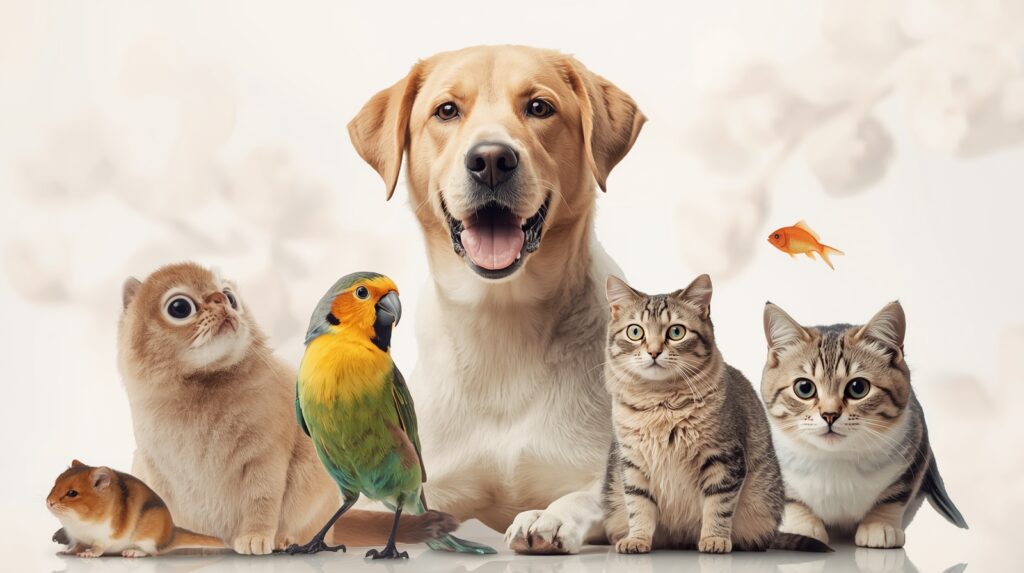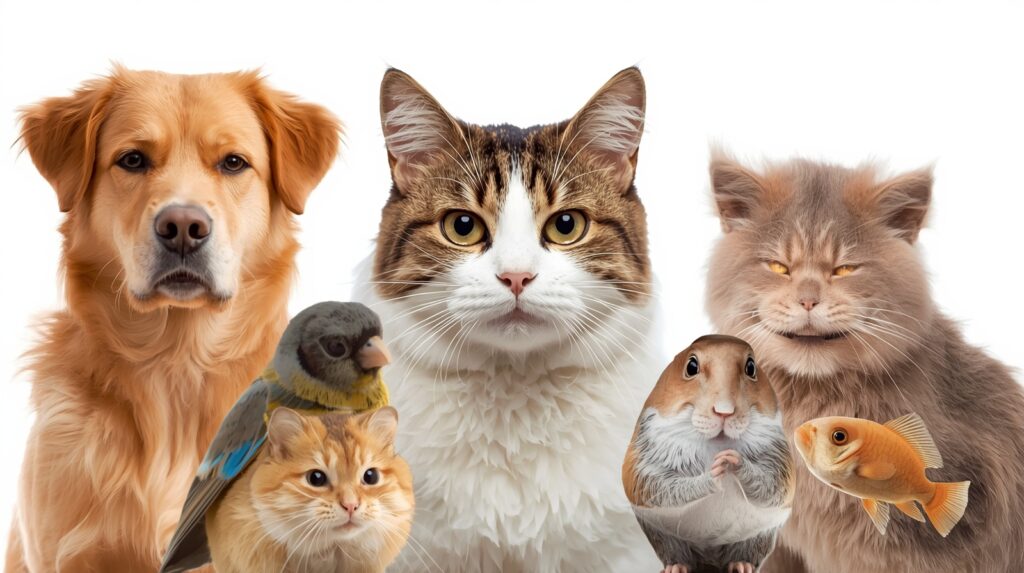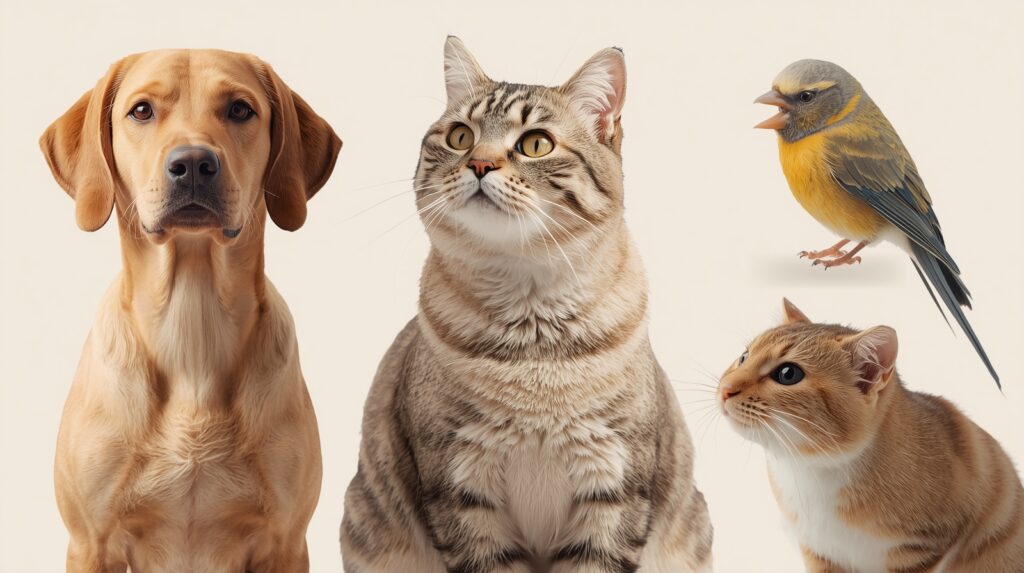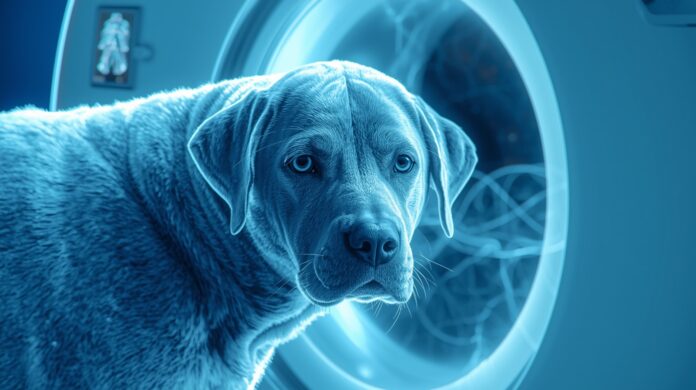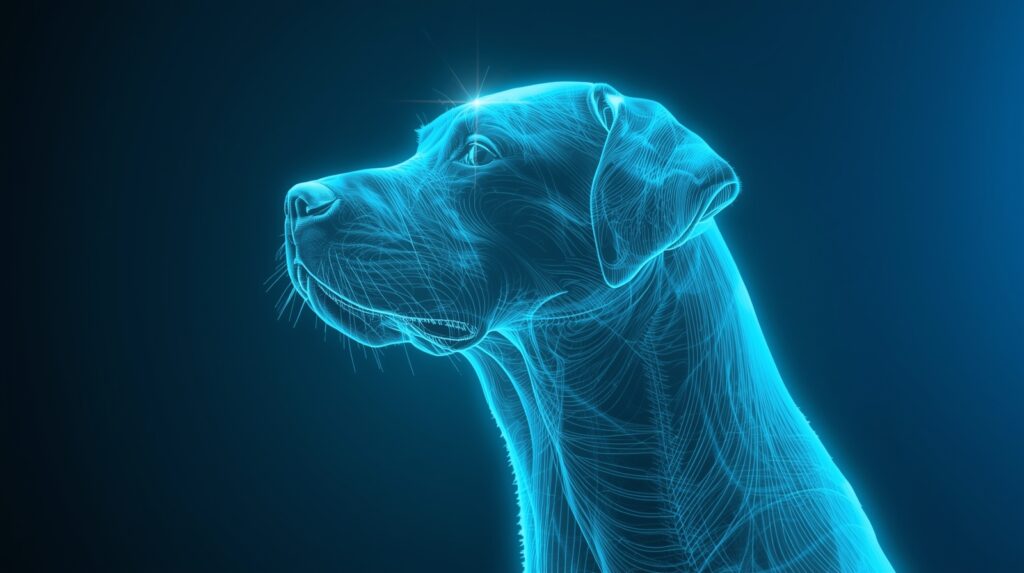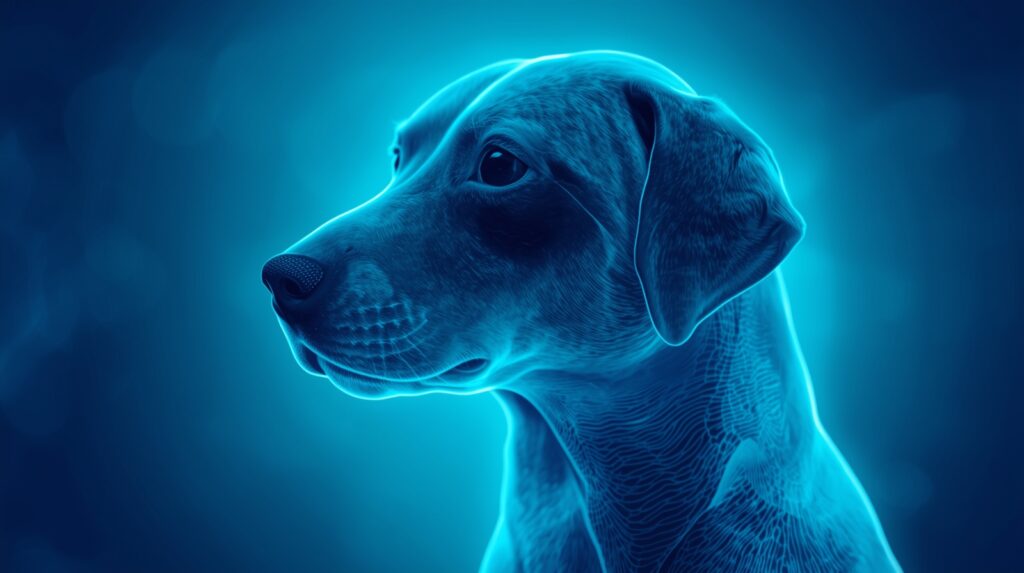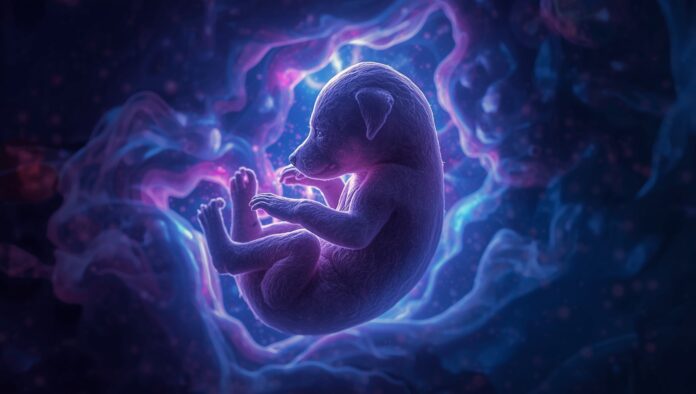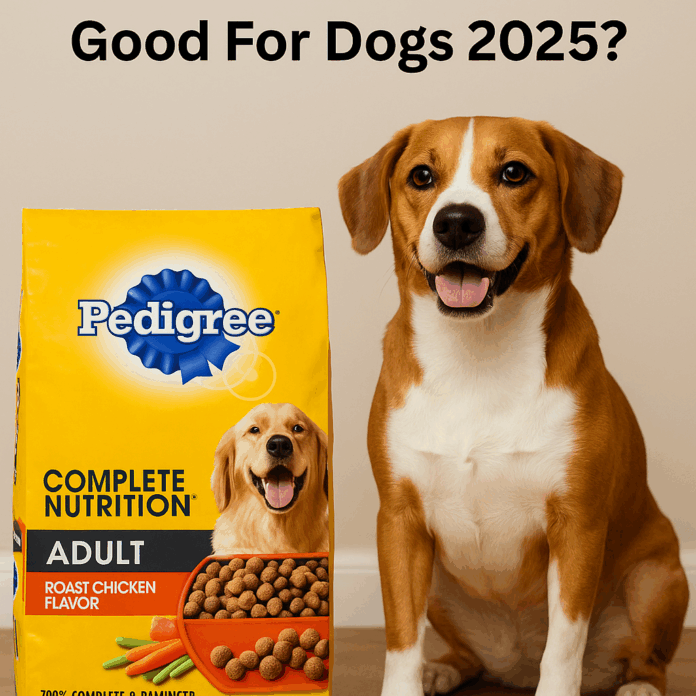Is pet insurance worth it? This question has become increasingly popular as pet ownership continues to rise, and medical expenses for pets can become overwhelming. With more pet owners facing expensive veterinary bills for their furry friends. Many are considering whether investing in pet insurance is a wise financial decision. This article will explore the advantages and disadvantages of pet insurance. Helping you determine if it’s a valuable investment for you and your pet.
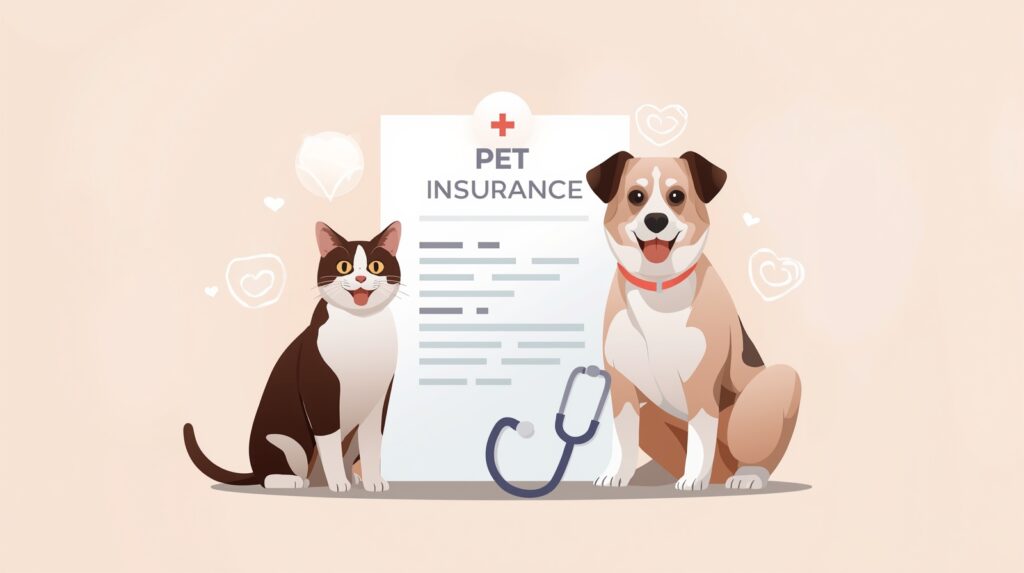
What Is Pet Insurance?
Is pet insurance worth it? Pet insurance is designed to cover veterinary expenses for your pet in the event of illness, accidents, or other health-related issues. Like human health insurance, pet insurance typically comes with monthly premiums, a deductible, and coverage limits. There are different types of pet insurance policies, including:
- Accident-Only Coverage: This type of insurance covers the costs of accidental injuries, such as broken bones or burns.
- Accident and Illness Coverage. A more comprehensive option that covers both accidents and various illnesses, including chronic conditions like diabetes or cancer.
- Comprehensive Coverage: This plan covers accidents, illnesses, and often includes additional benefits such as wellness care, vaccinations, and preventive treatments.
Now that we understand what pet insurance is, let’s delve into the pros and cons of having a policy for your pet.
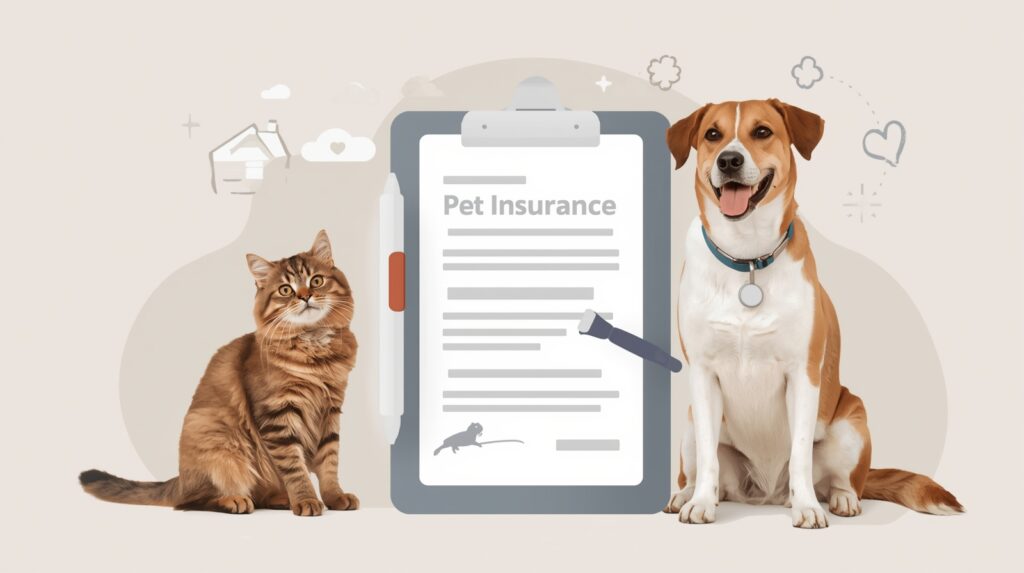
The Benefits
There are several key advantages to having pet insurance, especially for pet owners who are concerned about the cost of unexpected veterinary care. Below are some of the most compelling reasons why pet insurance can be a worthwhile investment.
1. Financial Protection Against High Veterinary Costs
Veterinary treatments, particularly for emergencies or chronic illnesses, can be expensive. Without insurance, owners may face large out-of-pocket costs, which can strain their finances. Pet insurance helps mitigate this risk by covering a significant portion of the veterinary bills, depending on the policy.
For instance, a visit to the emergency vet for a life-threatening condition could easily cost several thousand dollars. Pet insurance can reduce the financial burden, making it easier to afford necessary treatments without draining your savings.
2. Access to a Wide Range of Treatments
Pet insurance can give pet owners access to a wide array of treatments, including surgeries, medications, and diagnostic tests that might otherwise be financially out of reach. Policies that cover both accidents and illnesses ensure that your pet can receive the best possible care without worrying about how to pay for it.
For instance, if your pet develops cancer. A comprehensive pet insurance policy could help cover the costs of chemotherapy or surgery. Which would typically cost thousands of dollars without insurance.
3. Peace of Mind
Is pet insurance worth it: One of the greatest benefits of pet insurance is peace of mind. Knowing that you have a safety net to cover your pet’s medical expenses can reduce the stress of having to make difficult decisions regarding their care. Pet owners who do not have insurance may have to decide whether they can afford treatment or need to euthanize their pet due to financial constraints. Pet insurance eliminates this worry, ensuring that your pet’s health is prioritized over financial concerns.
4. Coverage for a Variety of Conditions
Pet insurance policies vary in terms of what they cover, but many plans cover a wide range of illnesses and accidents. Some policies even offer specialized coverage for conditions like hereditary diseases or breed-specific conditions. For example, if you have a dog breed that is predisposed to hip dysplasia. Pet insurance can help offset the cost of treatment if the condition arises.
Additionally, some insurers offer optional add-ons for preventive care, including vaccinations, flea and tick treatments, and annual health check-ups.
5. Flexible Coverage Options
Pet insurance providers offer a variety of plans with different levels of coverage. Allowing you to select a policy that fits your budget and the needs of your pet. You can usually choose your deductible, reimbursement percentage, and coverage limits. This flexibility ensures that you can find an insurance policy that matches both your financial situation and your pet’s health requirements.
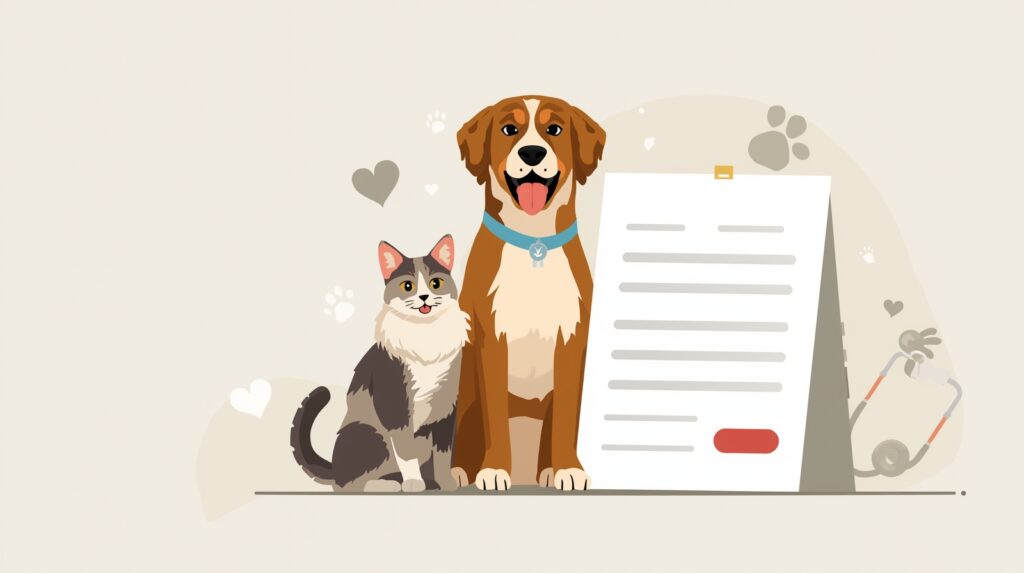
The Drawbacks of Pet Insurance
While pet insurance offers numerous benefits, there are some potential drawbacks that you should consider before purchasing a policy. Understanding these limitations can help you make an informed decision.
1. Monthly Premiums and Deductibles
One of the main concerns for pet owners is the cost of monthly premiums. Depending on the level of coverage, the breed of your pet, and their age, premiums can range from $20 to $100 per month. This may seem like a manageable expense. But when added to other pet-related costs (food, grooming, etc.), it could become a financial burden.
Additionally, pet insurance typically requires you to pay a deductible before the coverage kicks in. And there may be limits on how much the insurer will pay per year or per condition. These out-of-pocket costs can add up quickly, especially for ongoing treatments.
2. Exclusions and Limitations
Although Is pet insurance worth it: The insurance covers a wide range of conditions, there are some exclusions and limitations. Pre-existing conditions, for example, are generally not covered. If your pet has a medical condition prior to getting insurance. The insurer will likely not pay for treatments related to that condition.
Moreover, some policies have limits on how much they will cover per condition. Which means you could still be left with a significant portion of the bill. Be sure to read the terms and conditions of the policy carefully to understand what is covered and what isn’t.
3. Not All Treatments Are Covered
While pet insurance covers many treatments, it does not cover everything. Most policies exclude elective procedures such as cosmetic surgeries (like tail docking or ear cropping). And may have limitations on alternative treatments like acupuncture or holistic care. Make sure to check the list of covered treatments before purchasing insurance to ensure that it meets your pet’s specific needs.
4. Waiting Periods
Many pet insurance policies have waiting periods before coverage kicks in. For example, some policies may require a waiting period of up to 14 days before they cover illness-related claims, and longer periods for specific conditions. This means that if your pet develops an illness shortly after you purchase insurance. You may have to wait a few weeks before being eligible for reimbursement.
5. Age Limits for Coverage
Some pet insurance providers may have age limits for coverage, meaning that older pets may be excluded from certain policies or may have higher premiums. Pets that are considered “senior” animals (typically over the age of 7) may face restrictions or more expensive premiums, making insurance less affordable for owners of older pets.
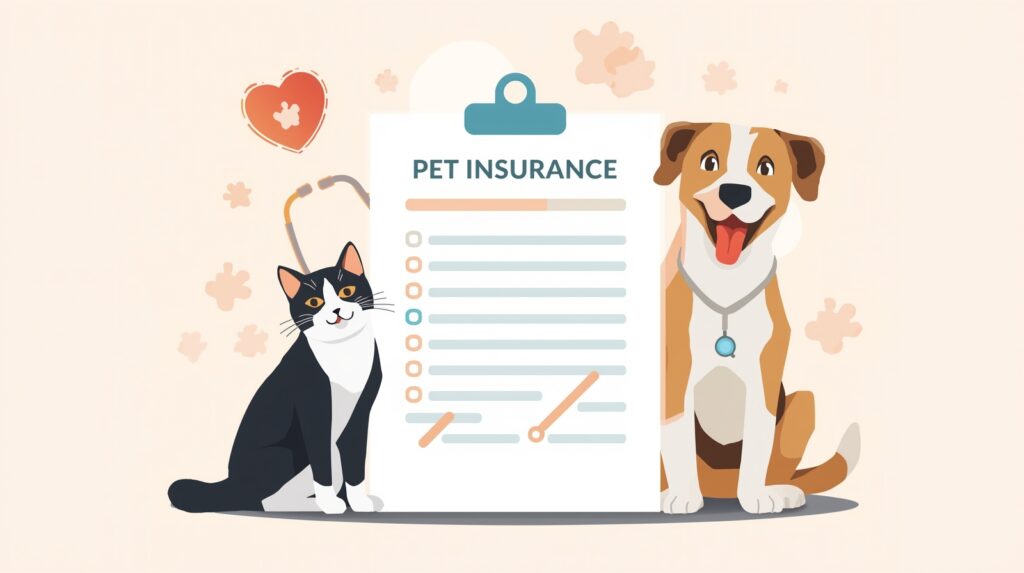
Is it Worth It for You?
The decision of whether pet insurance is worth it ultimately depends on your individual circumstances. Here are a few factors to consider when deciding whether pet insurance is right for you:
- Your Pet’s Health: If your pet is generally healthy, you may not see as much benefit from insurance in the short term. However, if your pet is prone to illness or if they are a breed with a higher risk of certain conditions, insurance could save you money in the long run.
- Your Financial Situation: If you can comfortably afford the premiums and potential out-of-pocket costs, pet insurance can provide peace of mind. However, if the cost of premiums is too high for your budget, it may not be the best option for you.
- Your Willingness to Pay for Treatment: If you are willing to pay for your pet’s medical expenses out-of-pocket and are confident that you can cover unexpected veterinary costs, you may not need insurance. However, if the thought of a large veterinary bill is overwhelming, insurance can help manage the financial burden.
Conclusion: Weighing the Pros and Cons of Pet Insurance
In conclusion about is pet insurance worth it, pet insurance can be a valuable tool for managing the cost of veterinary care and ensuring that your pet receives the best possible treatment without financial constraints. However, it’s not without its drawbacks, including premiums, exclusions, and limitations. Carefully assess your pet’s health, your budget, and your preferences before deciding if pet insurance is worth it for you.
If you decide that pet insurance is right for you, make sure to shop around and compare different plans to find the best coverage for your pet’s needs.


